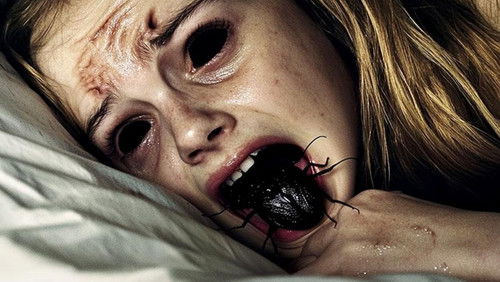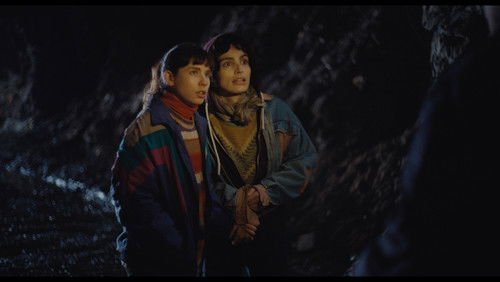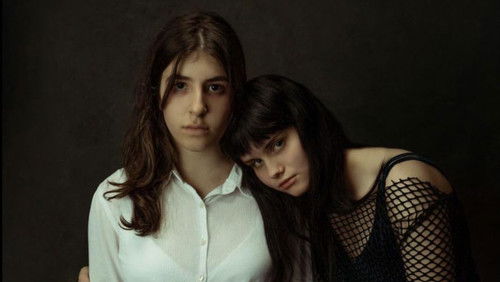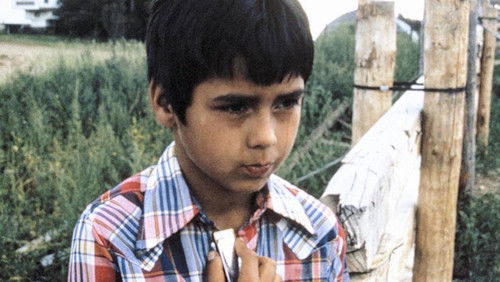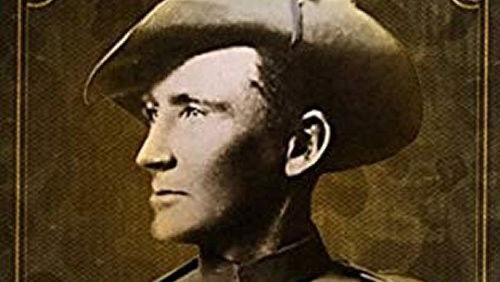Klimt (2006)
67KKlimt (2006). 2h 11m | Not Rated
“This is a superb movie; IF (and this is a big if) one is already familiar with the life and work of Gustav Klimt. This movie was intended as an u0026quot;art houseu0026quot; film, and was never meant to be a major theatrical release. However, even for an u0026quot;art houseu0026quot; film it is rather specialized in how it portrays Gustav Klimt; and if one is not familiar with this artist (and Vienna at the turn of the 20th century) then this film is quite confusing and vague- the quantity and quality of female imagery notwithstanding. Despite its very specialized nature some major stars are in this film though only one is an American and even he lives and works mainly in Europe. That star is John Malkovich; who is in the title role. Malkovich gives a fine job though he does not resemble Klimt as closely as some other actors who have portrayed Klimt in the past (most notably August Schmolzer in u0026quot;Bride of the Windu0026quot;). The only other actor in this film that may be recognized by Americans is Saffron Burrows; who portrays his great love interest. Her role is fictional, but serves as a continuity thread through this film which depicts in an allegorical manner his career and life from 1900; when Klimt won a gold medal at the great Paris Exposition to 1918; when he died.u003cbr/u003eu003cbr/u003eThe other actors are notable European actors whose works have generally not been seen in the United States. The notable German actress Veronica Ferres portrays Emily Floge; Klimtu0026#39;s lifelong companion. Again, unless you are familiar with the life of Klimt the role of Floge in this movie is very difficult to understand. And, it is never explained in the movie. Basically, Klimt and Floge were in-laws by the marriage of Gustavu0026#39;s brother to Emilyu0026#39;s sister. The seemed to never have been u0026quot;loversu0026quot; but the unmarried Emily seems to have been a wife (as well as business partner) to Gustav in every other respect. It was a complex relationship and Ferres explains in a side featurette (u0026quot;The Making of Klimtu0026quot;) the difficulty of showing this relationship. The Austrian actress Aglaia Szyszkowitz portrays u0026quot;Mizziu0026quot;; a model who bore two kids for Klimt of which one is shown- his son Gustav. He never married her, and the movie implies that he saw his kids only occasionally without financially supporting them in any noticeable manner. In real life Klimt did financially support his children by this woman. Of note is that the nickname for Emily Floge was u0026quot;Middiu0026quot; and the pronunciation of the two names is very similar; adding to the already considerable confusion.u003cbr/u003eu003cbr/u003eThe movie does portray Klimt in a negative manner concerning his offspring. He acknowledged paternity of four children and the movies deals with the other two as well as the two of Mizzi. Those children are dealt with almost as afterthoughts and one is positively embarrassing (perhaps the ultimate embarrassment). In reality Klimt probably had many more kids and this concern is mentioned briefly in the film. The film is certainly critical of Klimt in this regard; as well as his attitude towards women in general. There are some historical inaccuracies in this film such as a nurse in a Vienna hospital in early 1918 who has a VERY obvious British accent. This is highly unlikely, to say the least, to have been the case considering that the Austrians were in war with the British at that point, but overall the historical settings and costumes are well researched. The movie overall is well researched, but, again, quite confusing to somebody who is not very familiar with the life of this genius. I recommend that anybody who wants to see the film to first read up and look at the artworks of Klimt. Then the film will make sense and be seen as the superb achievement it is.”
